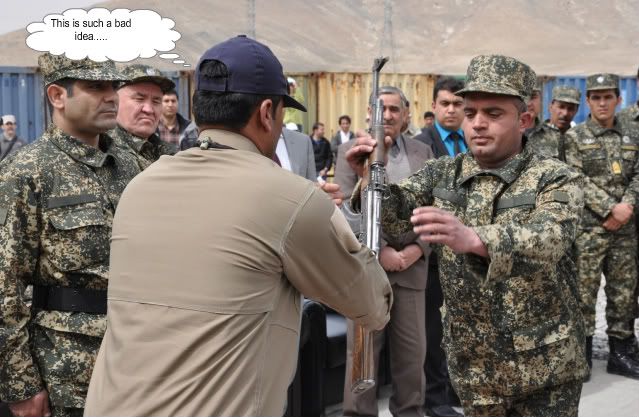This is a pretty awesome combination of technologies if you ask me. A quadrotor of the size necessary to carry an EFP, programmed with all the necessary system controls to make it precise and maneuverable, and armed with an EFP that can be aimed at an engine block or the driver of a vehicle.
Plus, an EFP can penetrate armor (40 mm from 25 ft for the SLAM), and with the quadrotor EFP, you could target from multiple angles depending on the amount of munitions you have, the terrain, the weather, the targets and the mission. This is another Drone Archer weapon to look at, and it’s possible uses are many.
So here are some pieces to combine, just to fire up the imagination. These are not the final solutions or pieces to this ‘snowmobile’, but at least you can get the idea of what we are going for here. Please list better devices and pieces if you are interested.
First is the Control Systems or brains of the thing. If you have been watching those incredible quadrotor videos I have posted lately, then this TED describes the ‘how’ for these things. Very impressive.
Next would be the quadrotor itself. The Draganflyer x8 can carry 2.2 pounds and has a gyro stabilized, servo controlled mount for a camera. (or EFP in this case)
And finally, the munitions. I like the SLAM munitions. (which is 2.2 pounds–oh how convenient? lol)

Put them all together and you have the Quadrotor EFP.
As to the ideas of how to use such a device, I will leave that up to the minds and imaginations of the reader. From ambushes on armored columns and motorcades, to anti-material missions, to taking out individuals-there are many uses for such a thing. And because the Quadrotor EFP can be precise, pre-programmed, and remain hidden behind a wall or blocks away on top of some building, it would be very difficult to defend against. Especially if this system was used in a swarm type attack, where the device is used to attack from multiple angles and at erratic moments of the attack. Imagine bees or wasps and how they attack a target.
Or you could use the Quadrotor EFP for very surgical attacks. You could also just park the Quadrotor EFP behind a trash can, and use it like a traditional EFP for an ambush. Maybe it can drop off it’s lethal payload and set the munition. Maybe you want to use for ISR only, and call off your ambush because of whatever reason. Imagine the thing being used at night? Or a swarm at night? Lots of frightening and lethal uses for this weapon….
Now of course with every weapon, there is someone out there thinking of ways to defeat it. Perhaps a jammer or some device could be used to defeat the Quadrotor EFP. Even counter Quadrotors or some kind of counter-battery system could zap them out of the sky. Who knows, but these things are a reality and the pieces are all there, so it behooves us to start thinking about this new reality. So with that said, let me know what you think. Do you have a better Quadrotor EFP idea, or do you have ideas on how to defeat this weapon? Maybe you have a radical idea on how to use them for maximum effect? –Matt
